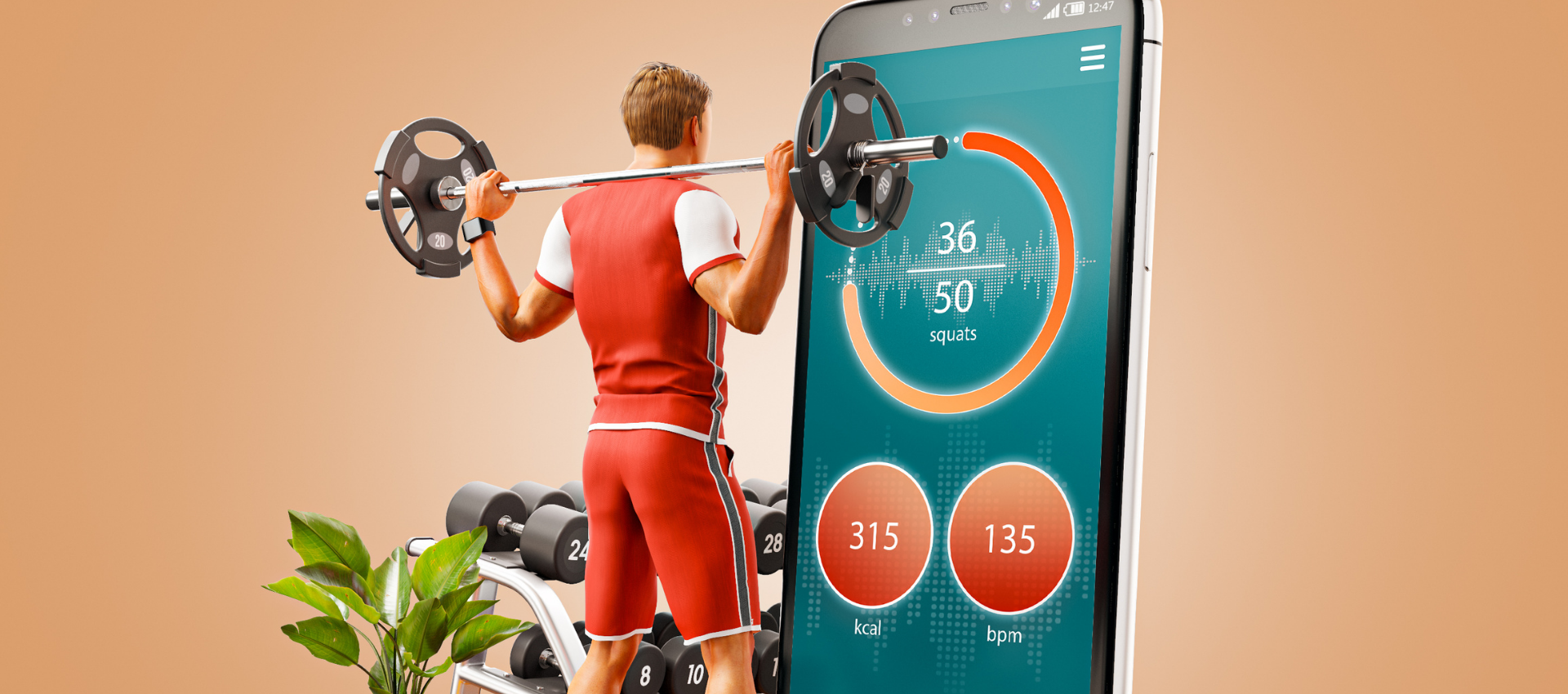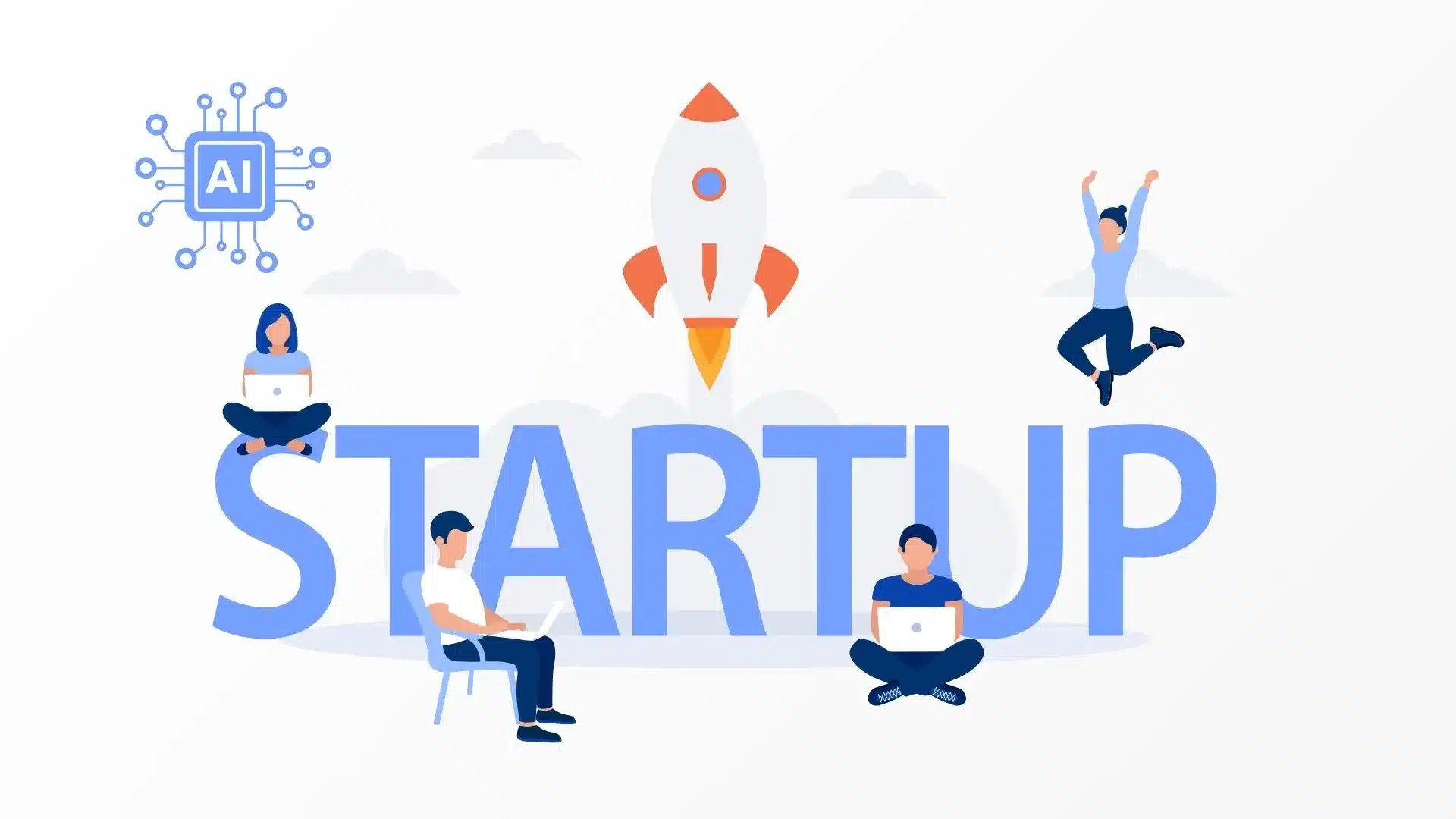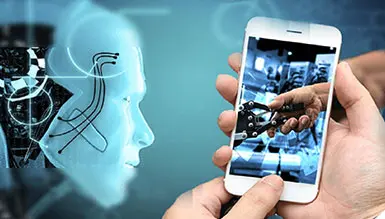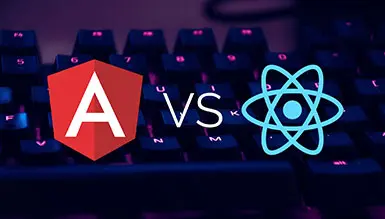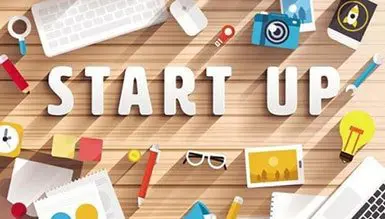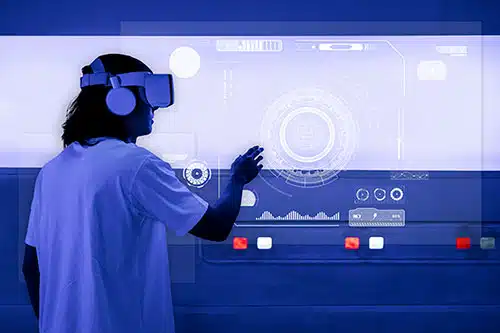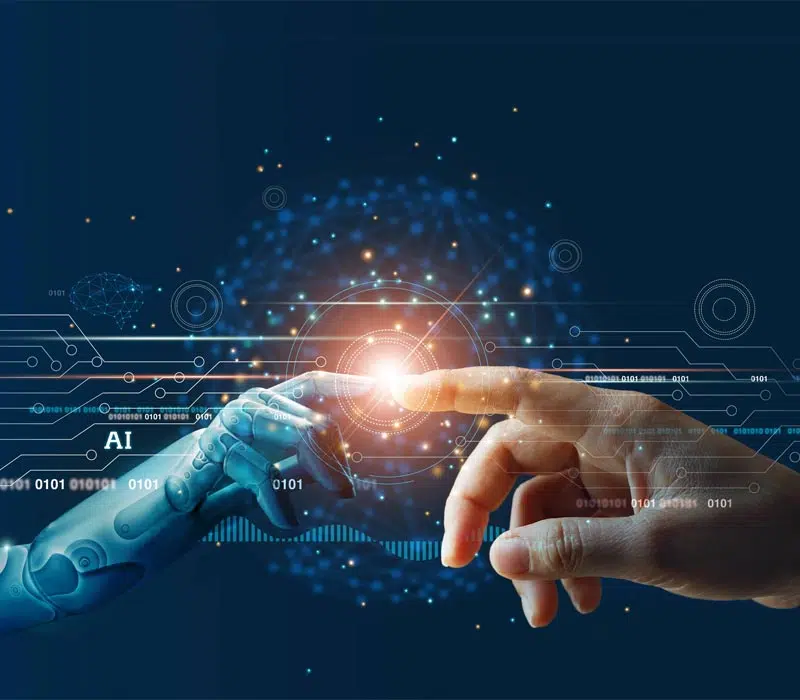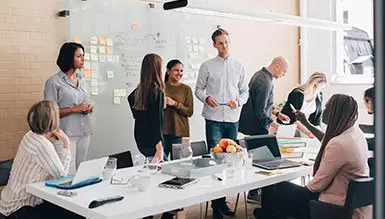The market for healthcare app development has grown a lot in the last few years. The popularity of smartphones and tablets is expected to grow further. This will make older people who don’t have smartphones or tablets more likely to use apps.
Shortly, we will see a lot more wearables used in healthcare. Wearables are things like smartwatches and activity trackers like the Fitbit and Apple Watch.
There are many different types of health apps out there, and this write-up will look at some of the best and most interesting ones. We look at the process of making a health app, taking lessons from our own experience to show how to make an app from scratch that works.
Healthcare Apps Market Overview
A survey from last year found that 1 in 5 Americans use digital health products, like fitness trackers and apps to help them stay healthy. COVID-19, on the other hand, forced people to stay at home, leaving many with limited options for exercise and health care. Thus, many people use a mHealth app to keep their health in check.
Because of this, one can expect that the number of people using mobile health apps has also gone up. This growing trend can be seen in countries all over the world. App development in healthcare that meets the critical needs of users can also help your company grow.
By 2025, the market for mobile healthcare apps is expected to be worth more than 300 billion dollars in the United States. Now is the time if you’re not sure if you want to make a health app. Earlier this year, a report said that the market for mHealth apps would be worth $149.3 billion by 2028, with a Compound Annual Growth Rate of 17.7%. Find out how you can be a part of this growth and how to make a mobile health app by reading on.
Before we go into more detail about how to make a healthcare app, we overview the different types of medical apps.
Types of Medical Applications
The best way to learn how to make a health app is to look at the apps that have been around for a long time and figure out what makes them unique.
- Lifestyle Tracking Apps: These apps help people keep track of important things like their heart rate, sleep, physical activity, calories, and other things, like women’s menstrual cycles. Some of them are called Google Fit, Sleep as Android, Map My Fitness, etc. Some apps may also benefit those with unique requirements, such as expectant mothers who want to monitor the growth of their babies. They might also be good for older people or who have serious health problems like diabetes. Almost all old and new medical apps get data in one way or another.
- Fitness Apps: They help people who want to get more exercise by giving them general advice and one-on-one coaching and advice. People can do things like run, swim, bike, and so on to improve their health. Some apps also make it easier for people who don’t have access to gym equipment to work out. You must have seen a lot of “7-minute workout” apps in different app stores. Yoga apps are also in this group. Some of the most popular fitness apps are Sworkit, Nike Training Club, etc.
- Health Counselling Apps: Some apps let you book counseling sessions with medical professionals, like doctors, therapists, and specialists, so that you can get help. Use these apps for non-emergency issues and diagnoses when you can’t get to a doctor right away. If you have an emergency, the best thing to do is go to the hospital or call an official emergency line right away. Apps like MDLIVE and Doctor on Demand connect you to medical professionals via chat or video call for routine counseling. These apps can also help you find a doctor.
Our experts can help you in developing your next world-class Healthcare apps.
Features of a Successful Health App
Building a healthcare app development may require a lot of different features, even live video conferencing. It all depends on what the app is for and how it will be used. Then again, a few of these app features are important when you decide how to create an app, and those have been discussed here.
User Profile
As a user, you must be able to set up and manage your own health profile, including how much information the app can see. Most people who make medical apps ask for basic information like your name, contact information, age, height, weight, and the like when you sign up. This information is used to give you a personalized experience, sometimes with the help of artificial intelligence.
Dashboard
In order to develop a healthcare app that doesn’t have a dashboard, you need to make it. It needs a dashboard to show people how their health records work. As a workout app, it could also take the form of an activity feed. The dashboard is a visual health record and summaries of the most important health metrics for users to see.
Chat and Messaging
Medical apps that need interaction among doctors and patients need chat and messaging features, which makes sense. It may also be useful when there is no need for a patient-doctor interaction.
Other types of mobile medical apps can have chat and messaging features so that users can talk to other people in support groups and help each other reach their health goals.
Notification and Reminders
When you make a healthcare app, keep in mind that these programs aren’t just passive; they’re active. That is, they ask users to do certain things based on what the app tells them to do. So, app reminders can help users stay aware of their health and fitness needs from the app.
Cloud Integration
Each person who needs to see patient data should be able to do so. Cloud integration enables users to view their data and move their health records when they need to, for example, when a healthcare provider asks for them.
Security and privacy
If you’re making an app for a health service, you need to think about privacy and security. Among these things are data encryption, two-factor authentication, and so on.
Secure Payment Processing
If your app isn’t free, you need a safe way to process payments that don’t show your customers’ private information. If you want to have a better experience for your customers, payment processing should also be smooth and easy to use.
Analytics Integration
This is important so that you can get enough data to make your app perform effectively. The best thing to do is to ask people for permission before you get or share any of their information with anyone else. Some kinds of information, like private medical information, should only be shared with people you can trust. Every health app, like Samsung Health, iOS Health, Google Fit, and so on, collects and combines data that is unique to you.
Other features that aren’t required but may still be important if you plan to make a medical app the way you want to are:
- Wearable device integration
- Goal setting
- Social sharing integration
- Gamification
- Video tutorials
- Appointment management et cetera.
Challenges You May Face If You Create a Medical Application
How to make a medical app isn’t always easy to figure out. You’re going to have problems. These are some of the challenges and steps you can take to deal with them.
- Security and Privacy: A lot of malicious cyberattacks have hit the health sector. As a result, mHealth applications are often accused of giving away information about attacks through APIs. A report from earlier this year said that many of the renowned health apps were also susceptible to API attacks that could give away private information about patients. You need to follow very strict security rules to make a medical app. It’s also important to keep users’ data safe and secure with encryption and privacy. Compliance should also be in line with local health laws that protect data. There is no way to make a profitable healthcare app that doesn’t have to follow government rules.
- Scalability: Some apps can’t handle too much data; they break down when they can’t handle a lot of data. This could even cause security problems, as in the previous sections. Scalability is very important when making a healthcare app. People use many well-known apps that use artificial intelligence and machines to get personalized service. Many people use Samsung Health, MyFitnessPal, Google Fit, etc. All of them have a lot of users, but they can still come up with solutions that work for everyone.
- IoT Integration: People use health applications on their phones, smartwatches, and other things that track their activity and process their medical records in real-time called IoT integration. So, the apps need to work well with these bands and watches. In a nutshell, mobile health apps work in the current ecosystem. Fitbit is a great example of how the Internet of Things (IoT) works together.
- Accessibility and User Experience: Many health apps only focus on how well they work, often to the detriment of how well they work for their users. It’s also true that the best ones are so simple to utilize that they don’t seem like work to people. The backend and frontend teams must come together to make this happen. Apps like Fabulous and Headspace are famous because they are easy to use and use gamification to keep people interested.
- Market Trends: When it comes to making a medical app, the health sector has seen a lot of changes, especially in the wake of the most recent wave of technology. So, health software companies need to find a way to make their apps keep up with the times. AI and machine learning, IoT, blockchain, 5G, and so on are some of the most popular technologies right now for making a medical app.
How to Make a Medical App
Below, I’ve mentioned some crucial steps/research that you have to pursue to build healthcare applications and make it successful in no time.
Identify the Target Audience and Their Needs
The market for mobile healthcare apps is already full to the brim. So, the people who make new apps should do a lot of research to figure out how to build a medical app and learn about their customers. Identifying the problems they need to solve for their customers to make a really useful healthcare app development also comes into play. Such as Ovia Health has targeted yoga fan or a yogi. Nike Training Club has targeted professional and amateur athletes. It’s the same with you. You have to find your place in the world. The needs of your audience will help you decide what features to add to your app when you make it.
Pre-Development:
It’s time to start working on the app you want to make. Determine how the app should work, how much it cost to make an app, how many resources it will need, and how many people will be needed to make it. This is when you figure out what kind of people you’ll need, what tools and technologies they’ll need, what kind of development stack they’ll need, how much money they’ll need, etc. This stage comes to an end when the proof of concept is made. It’s important to make sure that the project is good before you start working on it in full. You can do this by showing off some basic functionality without going to market.
Development:
Most of the work is done here. You have hired the right people and have the right technologies and tools. At this point, many companies prefer working with a Healthcare app development team based outside the country. You might think about using Angular, Vue, or React on the front end; Node.js on the back end; Ruby on Rails on the back end; React Native, Ionic, or Flutter on the mobile app side.
JumpGrowth builds software developers for clients from their pool of ready-to-work developers and engineers. Time and money spent on recruiting and hiring people are cut, shortening the time-to-market and ensuring that a cohesive team is working together efficiently.
- Quality Assurance: To build a healthcare app, keep in mind that no matter how much testing and debugging programmers do, they still use quality assurance testing to ensure the app doesn’t have any problems and that it’s working at its best. This is a very important time because every problem found must be fixed before the app can be released.
- Product Release and Continuous Support: After the app is released, it would still need to be maintained. Many companies decide at this point to let their outside development team go and let their in-house team do the rest. This may involve making changes to the app repeatedly to make sure it’s stable at first.
Also Read: How Does the Future of AR and VR in Healthcare Look Like?
How Much Does It Cost to Develop a Healthcare App?
You can’t give an exact price or even make an estimate right now because there are so many different ways to build a healthcare app. In addition, when it comes to making a medical app, each app has different priorities, so that the prerequisites would be different.
Up to $80,000 can be paid for a simple healthcare app with basic features, but the average cost is usually much less than that. It can cost as much as $120,000 to make a full app, and that’s just for the development phase. MVP apps usually cost less because they are made more quickly. They can cost as little as $25,000 to make. However, it all depends on what features are needed.
For example, JumpGrowth is a US-based company that makes software for businesses. It has a lot of cheap, ready-to-work developers who can help with projects like making healthcare app development, and they’re already set up to work on them. This is a good option for most businesses because it doesn’t require hiring more people or spending more money. It also cuts down on time to market and speeds up production.
Our Experience in Building a Healthcare Application
With more than a decade of experience, JumpGrowth is always one of the best companies that make healthcare software.
Our experts have worked with healthcare companies to build telemedicine platforms and cloud-based EHRs and surgical workflow programs, and doctor engagement apps.
Conclusion
How do you make a healthcare app? If you have the right resources, you can do this project. The good news is that companies like JumpGrowth exist to make it easier to find and manage a healthcare app development team.
We have made health apps in a short amount of time and with less money. If you want to get into the mHealth market, outsourcing to JumpGrowth is a good place to start.
Our experts can help you in developing your next world-class Healthcare apps.
